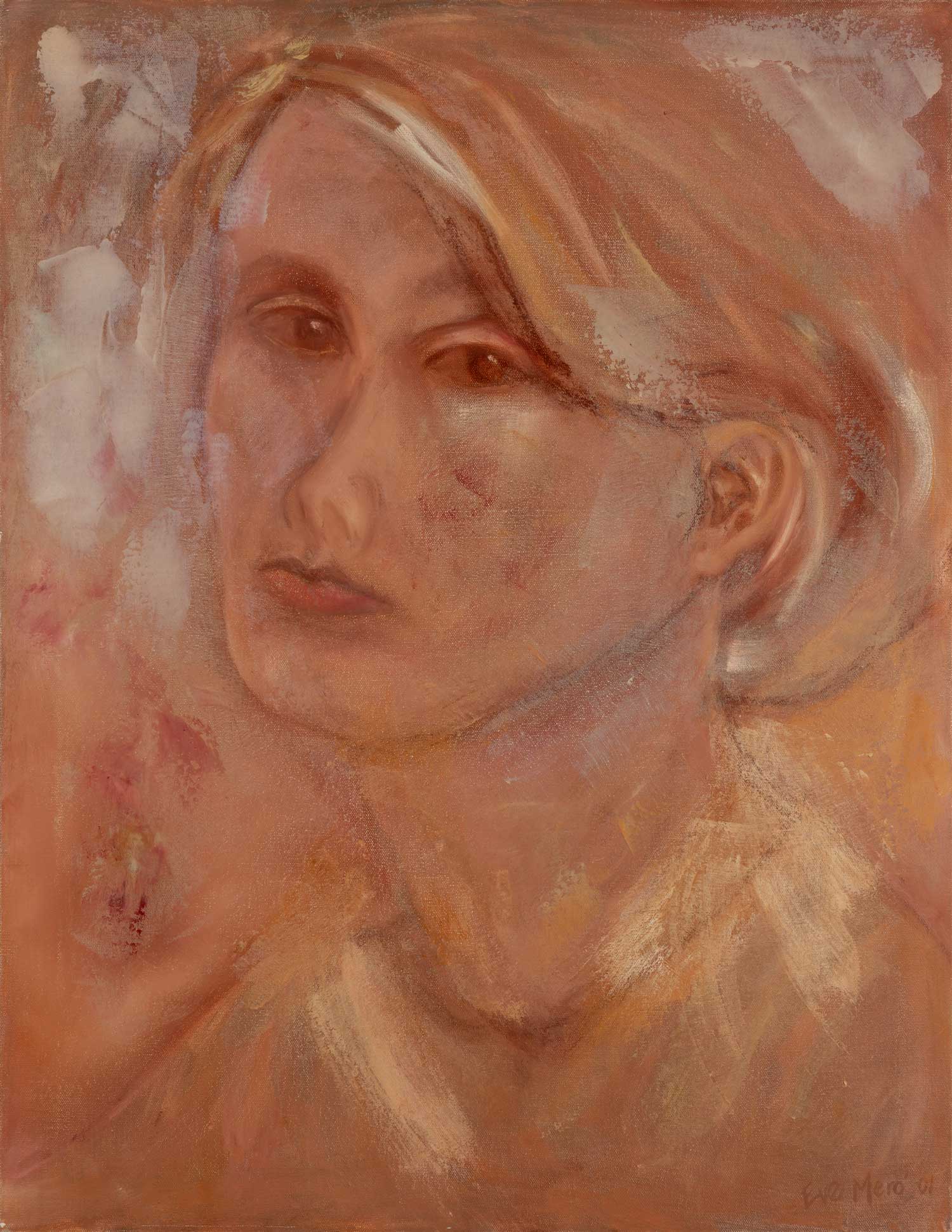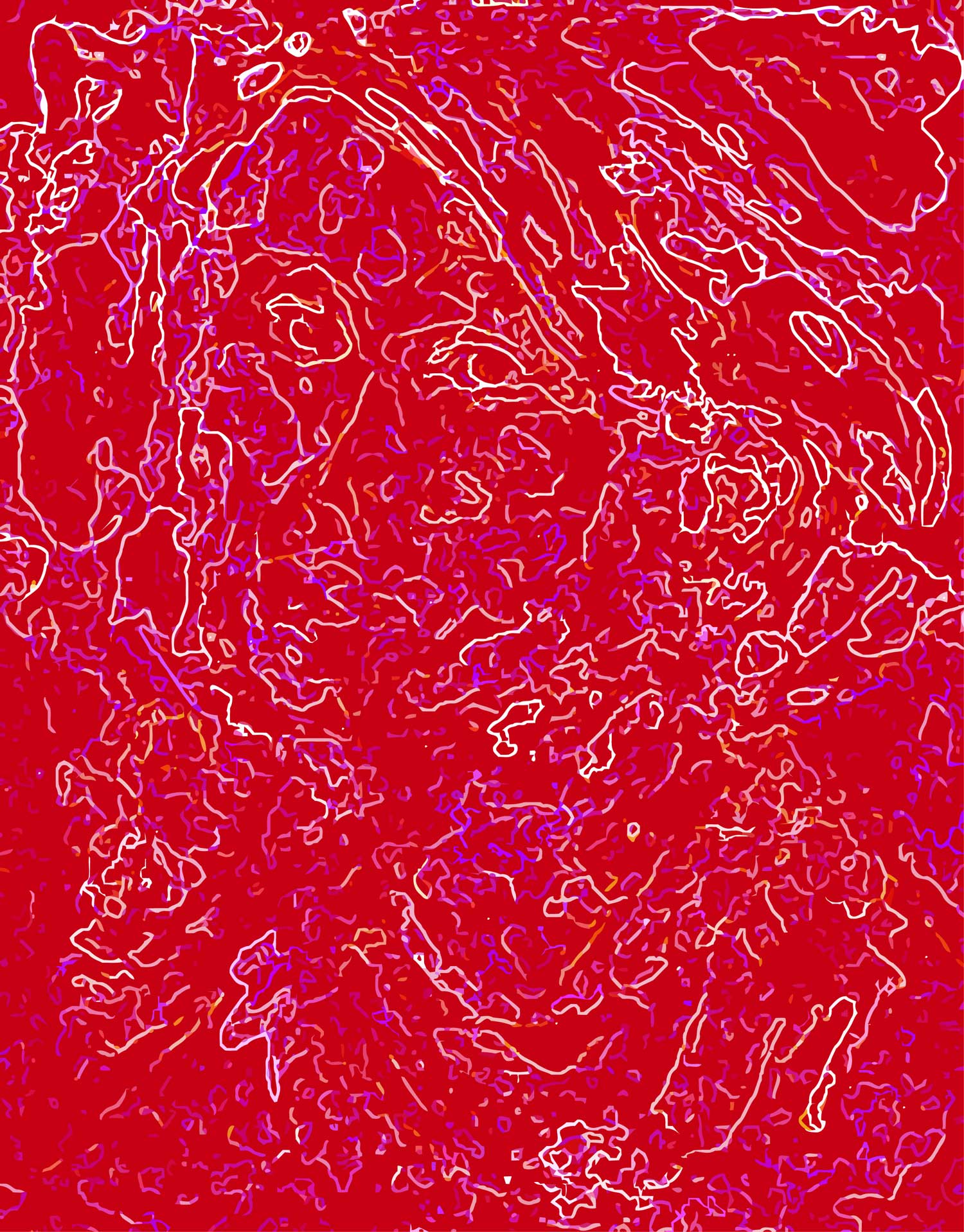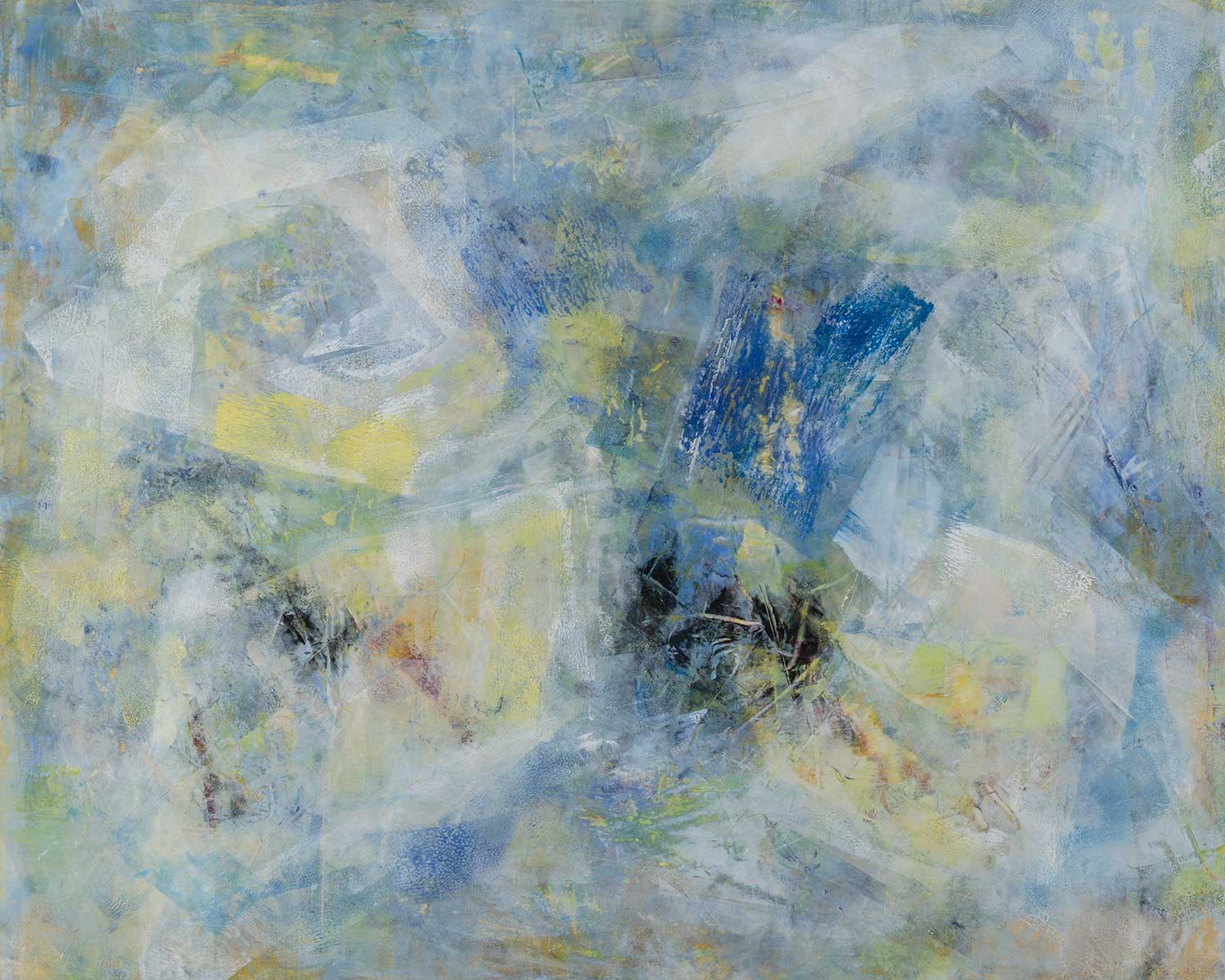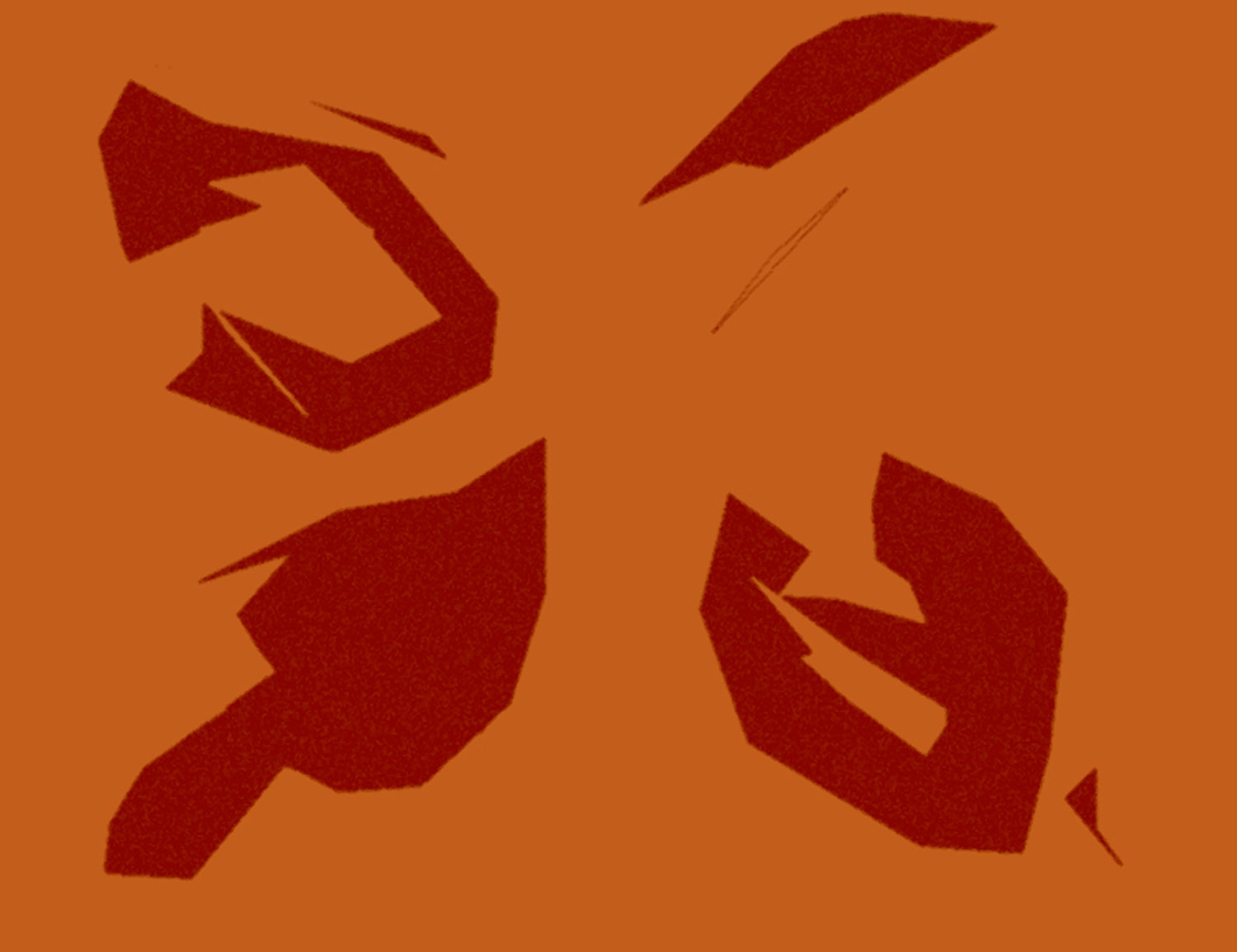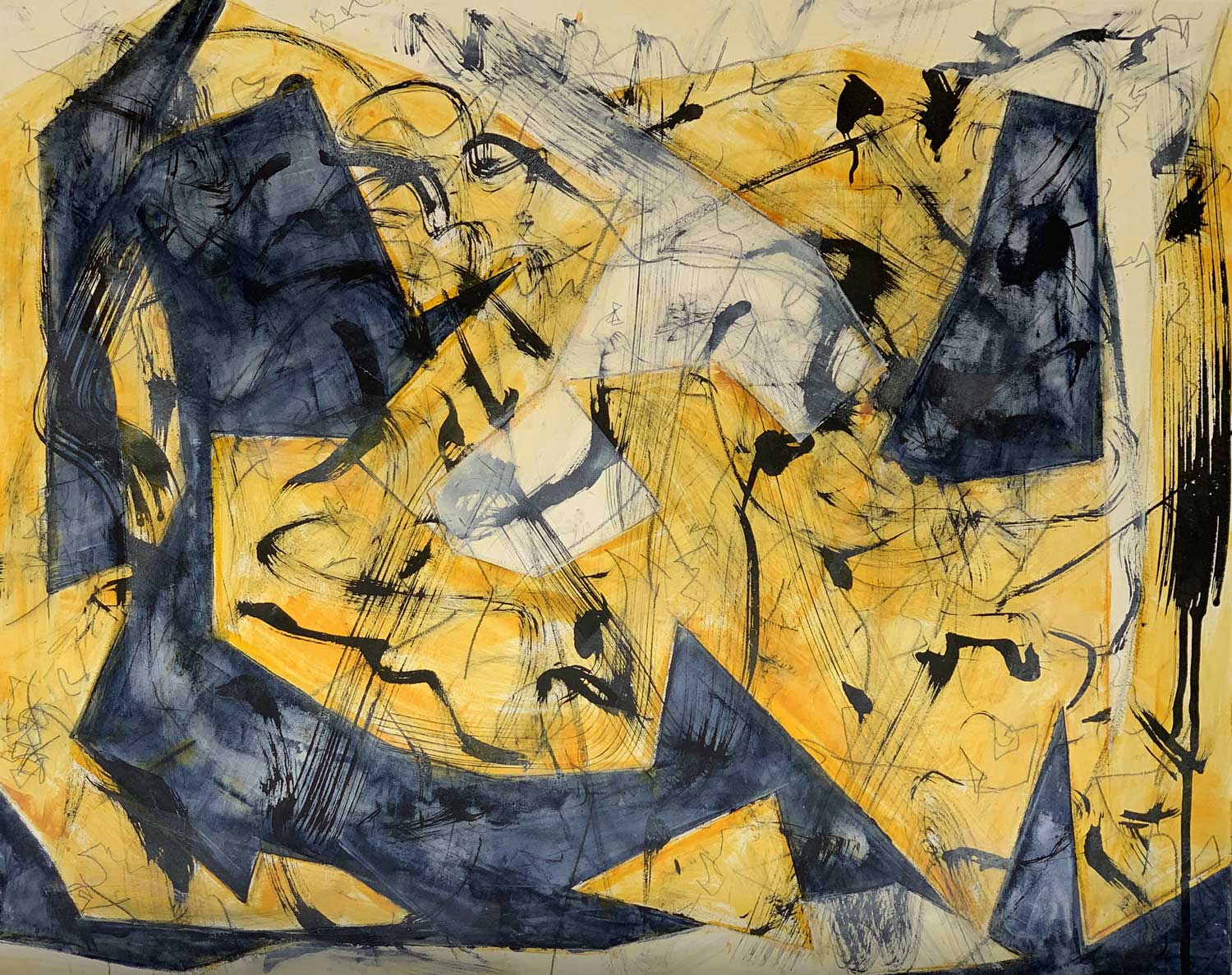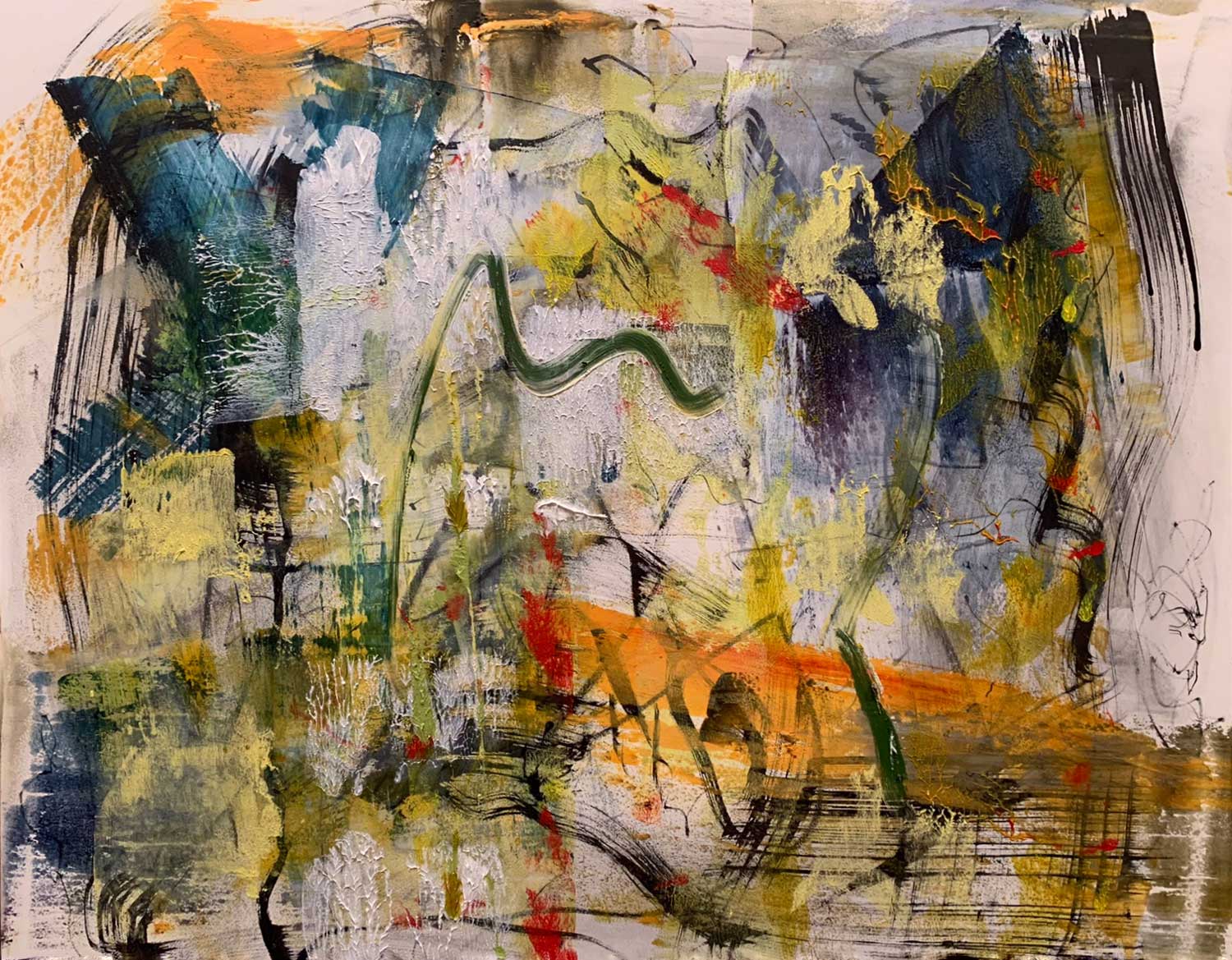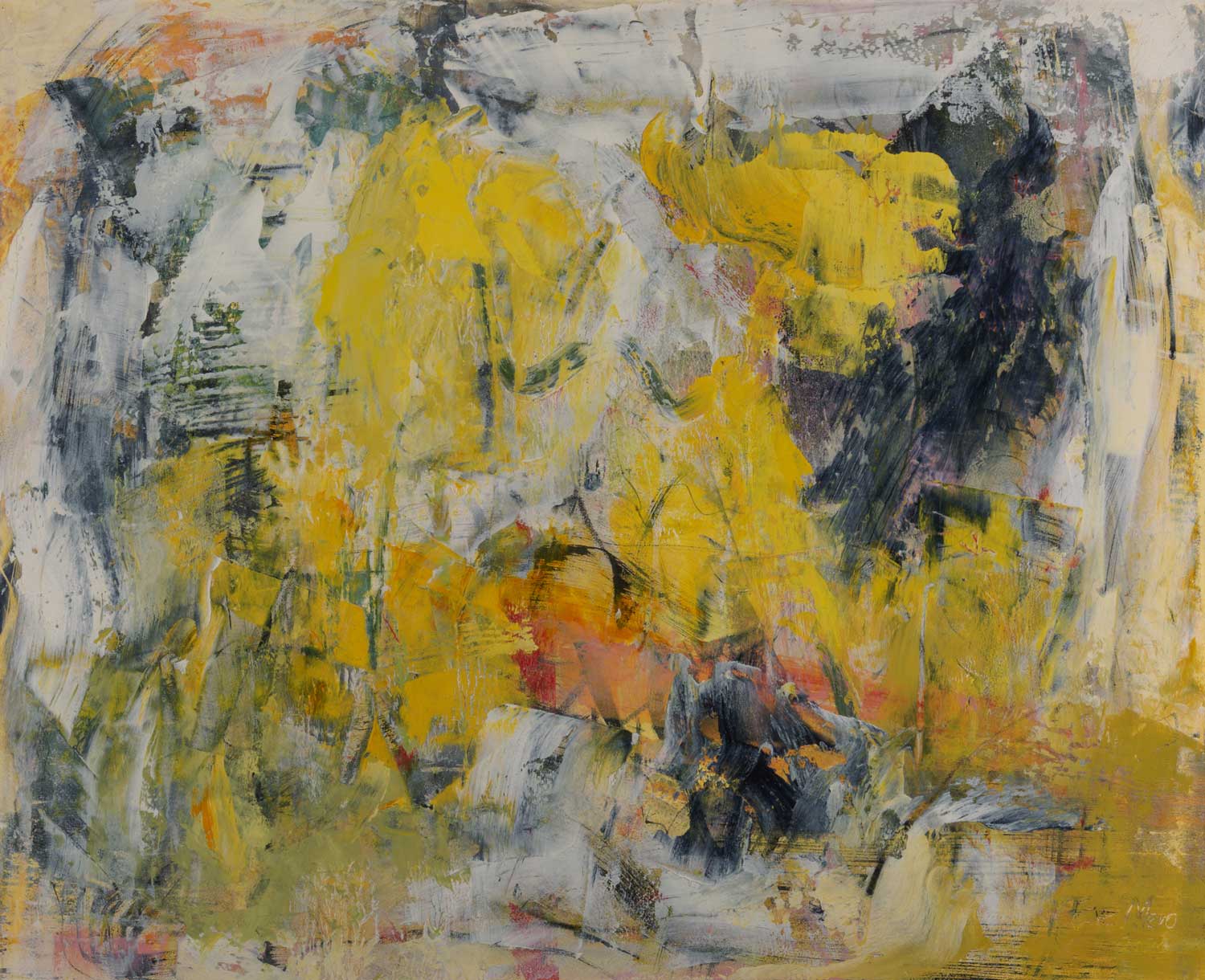Reductions and Its Use in Paintings
Reduction is a secret game I play in photoshop when I want to procrastinate. It’s addictive and fills up my computer with endless iterations of images too good to throw away but maybe not that important. Many could make great paintings if I could discipline myself to stick with the image presented. Some are simple, but others quite complex because of all the pixels and would be an obsessive compulsive undertaking.
Self Portrait in Oil, 2001
Oil on canvas
(71.12 x 55.88 x 1.59 cm)
Red Beauty
The game starts with a photo of a painting I’ve done and it doesn’t seem to matter if it is great or not. It just needs to have energy. Then I get to work simplifying the image to discover it’s essence. You could call this the Matisse principle. It’s like turning a painting into a graphic design. Translating some of these images into paintings in on my want list. The dancer shown below is an example.
Concept for Painting of Dancer
Large format black and white printer
Opening to Infinity was my first experiment in translating a screen image into a painting. I selected it because it was uncomplicated and I wanted to focus on how I could develop the edges of the form. (As making a stencil in the shape of the image on my computer screen was the first throw of the dice, I categorized it as a chess game in my organizational scheme.)
Opening to Infinity, 2020
Oil and cold wax on wood panel
24 x 30 x 2.125 in (60.96 x 76.2 x 5.4 cm)
Torn Red Flyer
Distillation was my second experiment. It had an unusual start. I had overpainted Listening to Benjamin Britten due to popular outcries that it was unbearably hideous. Later, I regretted bowing to public opinion and decided to analyze the original in photoshop via my reductive method to see its structure, as I missed the energy it had. Thus, Distillation came to be; it was intended as an underlayer for a new painting. Again, popular opinion stepped in and this time declared, “Keep it as is!” and it was claimed for ownership. Next time, I will shut my studio door. Now, what about the overpainting, The Will to Live?
Distillation, 2021
Ink, oil, pencil, oil and cold wax on wood panel
16 x 20 x 1.5 in
(40.64 x 50.8 x 3.81 cm)
Listening to Bejamin Britten’s Cello Suites, 2021
Oil and cold wax on wood panel
16.5 x 20.5 in
(41.91 x 52.07 cm)
The Will to Live, 2021
Oil and cold wax on wood panel
16 x 20 in
(41.64 x 50.8 cm)

